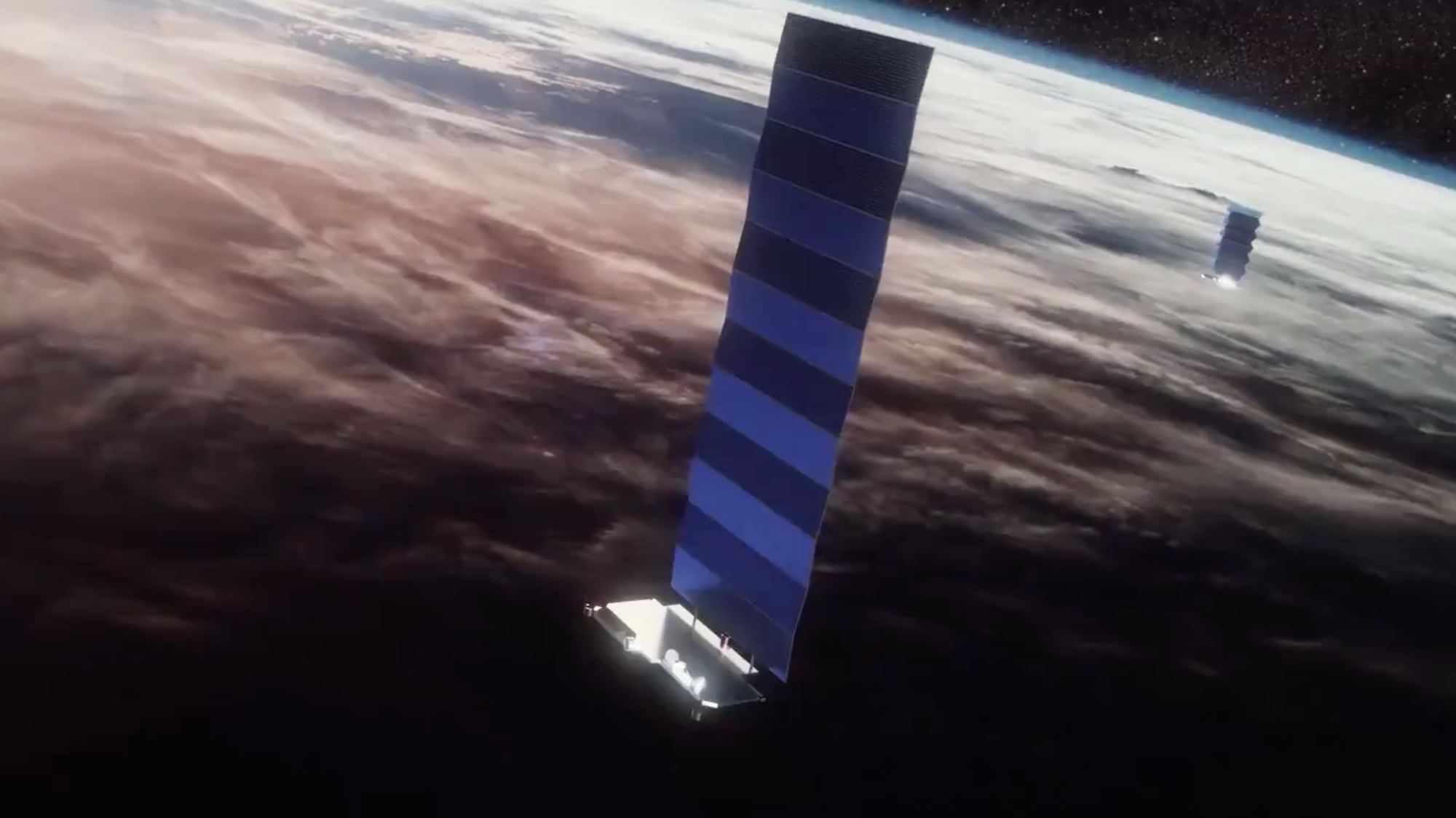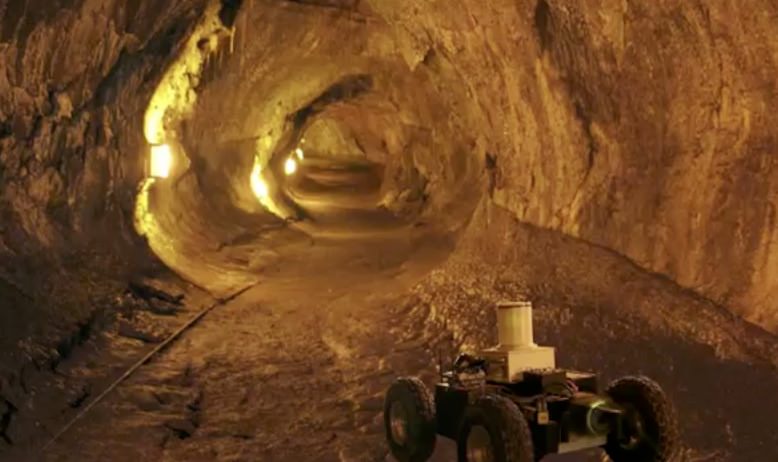Ever since (and most likely long before) the first tantalizing glimpses of a lunar lava tube and skylight were captured by Japan’s Kaguya spacecraft in 2009, scientists have been dreaming of ways to explore inside these geological treasures. Not only would they provide valuable information on the movement of ancient lunar lava flows, but they could also be great places for future human explorers to set up camp and be well-protected from dangerous solar and cosmic radiation.
But before human eyes will ever peer into the darkness of a lava tube on the Moon, robotic rovers will roll along their silent floors — at least, they will if Google Lunar XPRIZE competitor Astrobotic has anything to say about it.
Last month, engineer and Astrobotic CEO Dr. Red Whitttaker talked to NASA about why they want to explore a Moon cave and the history and progress of their project. Check it out below:
“Something so unique about the lava tubes is that they are the one destination that combines the trifecta of science, exploration, and resources.”
– Dr. William “Red” Whittaker, CEO Astrobotic Technology, Inc.
See this and more in-progress Moon plans from various research facilities on the Google Lunar XPRIZE Moon Roundup.
The international Google Lunar XPRIZE aims to create a new “Apollo” moment for a new generation by driving continuous lunar exploration with $40 million in incentive-based prizes. In order to win, a private company must land safely on the surface of the Moon, travel 500 meters above, below, or on the lunar surface, and send back two “Mooncasts” to Earth… all by Dec. 31, 2015.
Astrobotic Technology Inc. is a Pittsburgh-based company that delivers affordable space robotics technology and planetary missions. Spun out of Carnegie Mellon University’s Robotics Institute in 2008, Astrobotic is pioneering affordable planetary access that promises to spark a new era of exploration, science, tourism, resource utilization and mining. (Source)


